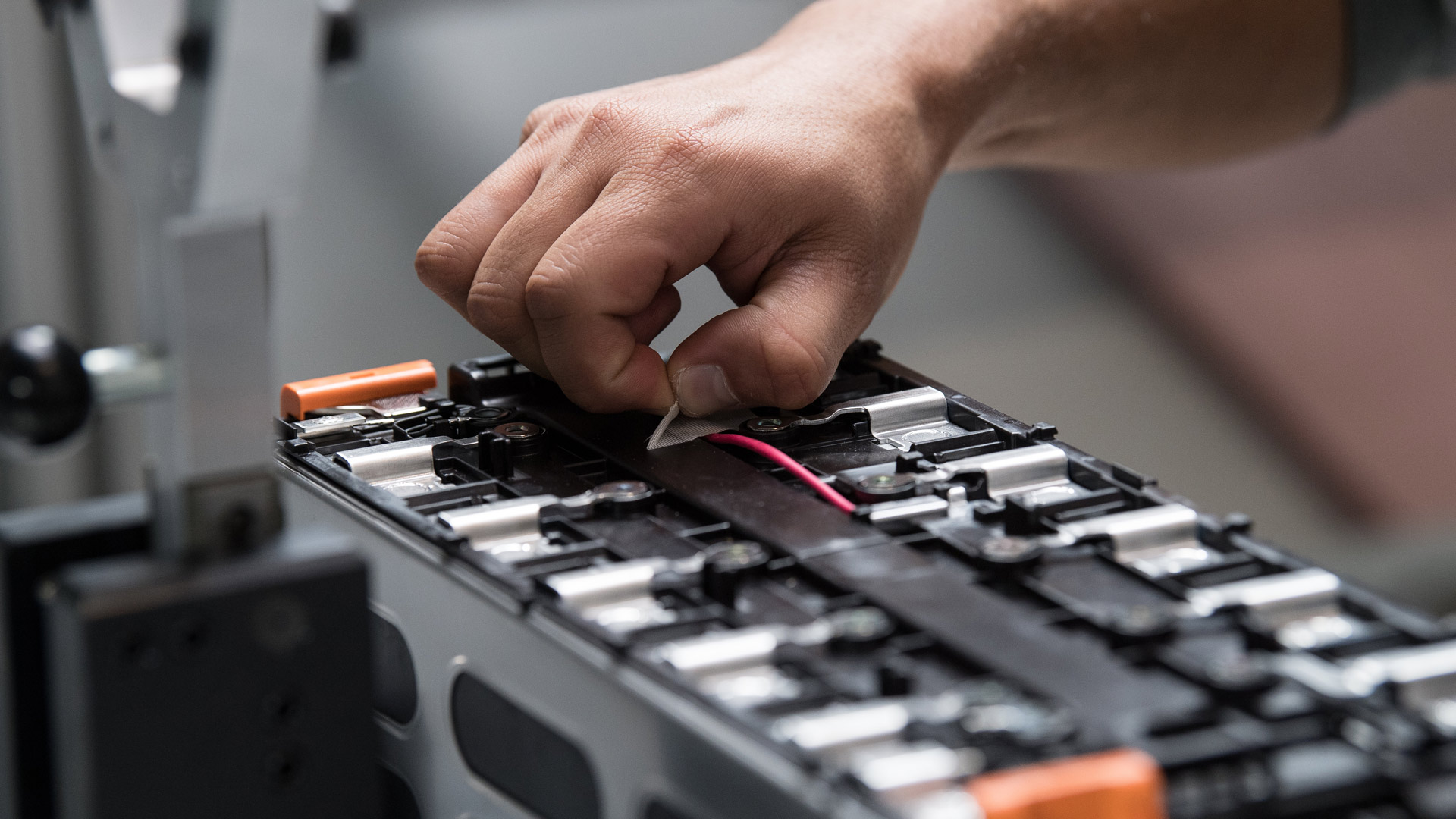Raw material for batteries Is nickel still in short supply?
Status: 15.06.2021 3:55 p.m.
First a lack of chips, then a lack of wood, soon a lack of nickel? E-mobility also devours resources. Due to the increasing demand for batteries, the demand for nickel is likely to increase strongly. The sufficient supply of the metal nickel could become critical in the next few years. The German Raw Materials Agency (DERA) warns of this in a current analysis. The background to this is the increasing demand generated by the turnaround towards electromobility. “We assume that, depending on the scenario, global nickel demand will increase from around 2.4 million tons today to around 3.4 million tons in 2025,” explains Dr. Michael Szurlies, nickel expert at the Federal Institute for Geosciences and Natural Resources (BGR). “Overall, the nickel market is facing a turning point in terms of demand in the coming years, which will lead to a significant shift in market shares within the areas of application.” As a special department of the BGR, DERA advises the federal government, business and NGOs on raw material issues, for example on security of supply and the ecological consequences.
State of battery research The concentrated load The battery does a good job in everyday life.
Nickel is used for batteries
So far, nickel has mainly been used in steel production: around 85 percent is currently used in the manufacture of stainless steel and alloys, as DERA writes. The use in batteries currently accounts for around five percent. That will change in the near future. Because nickel is now a “key raw material” for the transport and energy transition, according to the study. Due to the strong demand generated by the global expansion of electromobility, the experts expect that by 2025, depending on the scenario, the share could be up to 21 percent. This would make batteries the second largest area of application.
New procedure under test Battery raw material from mine water Many elements are dissolved in mine water from old mining tunnels, including lithium.
Most of the nickel comes from Indonesia
Indonesia is the world’s largest supplier of nickel. The experts write that the vast majority of the new global production and refining capacities for the metal are expected there by 2025. This leads to a significant increase in the market concentration for nickel – and also has the consequence that the power of the main suppliers increases. Whether prices can also be expected to rise in the future due to rising demand depends on whether supply also increases. It is not excluded. In order to reduce the dependency on international suppliers, consideration is being given to extracting important raw materials – including nickel – in Europe. Experts emphasize that a European supply chain could make economic sense. In January, Peter Buchholz, head of DERA, said it would be good if Europe also built up its own capacities. The projects just have to be cost-competitive.
Debate about resource crunch Why rare earths are so important Efficient energy-saving lamps, wear-resistant car tires, powerful electric motors – just three examples from our everyday lives.
Recycling is becoming more important
The automotive industry in particular, but also machine builders with a focus on solar or wind power, steel manufacturers or the IT and medical technology industries are dependent on a continuous supply of basic materials such as nickel. This also applies to so-called rare earths – elements such as cobalt or lithium, which is usually the central raw material for batteries in pure electric drives. The authors of the study also have the issue of sustainability in mind: “In view of the goal of reducing emissions of climate-damaging carbon dioxide through electromobility, in future, apart from questions of availability, the most environmentally friendly and sustainable extraction and processing of nickel will be more important.” One has to ask how more nickel and nickel compounds can be recovered at the end of the life cycle of the products and how less environmentally harmful and at the same time more socially fair promotion can be achieved. On the one hand, there are technological developments towards greater efficiency and fewer emissions. On the other hand, the increasing mining in tropical regions is a problem due to the large amount of land required.

You must log in to post a comment.